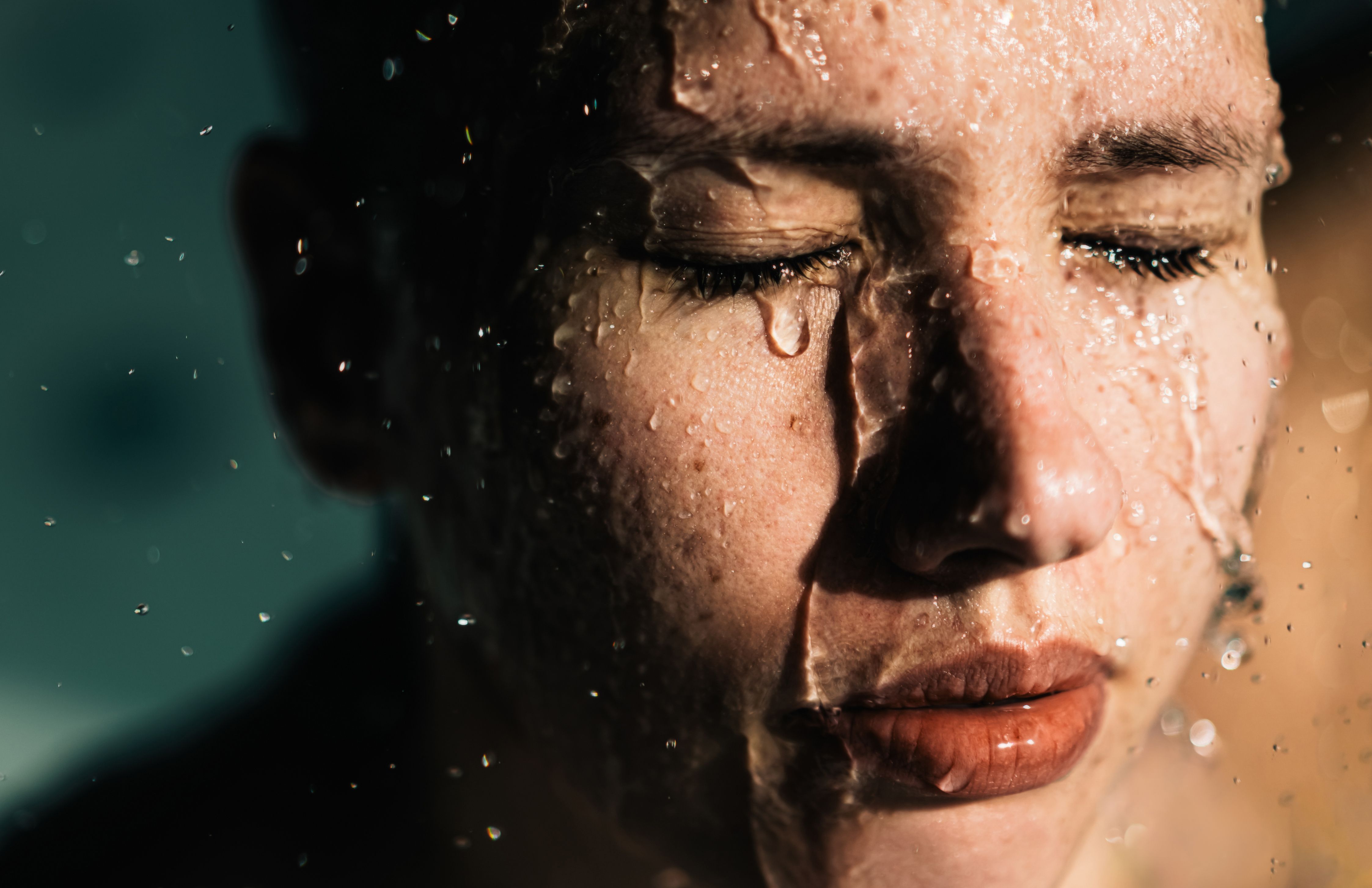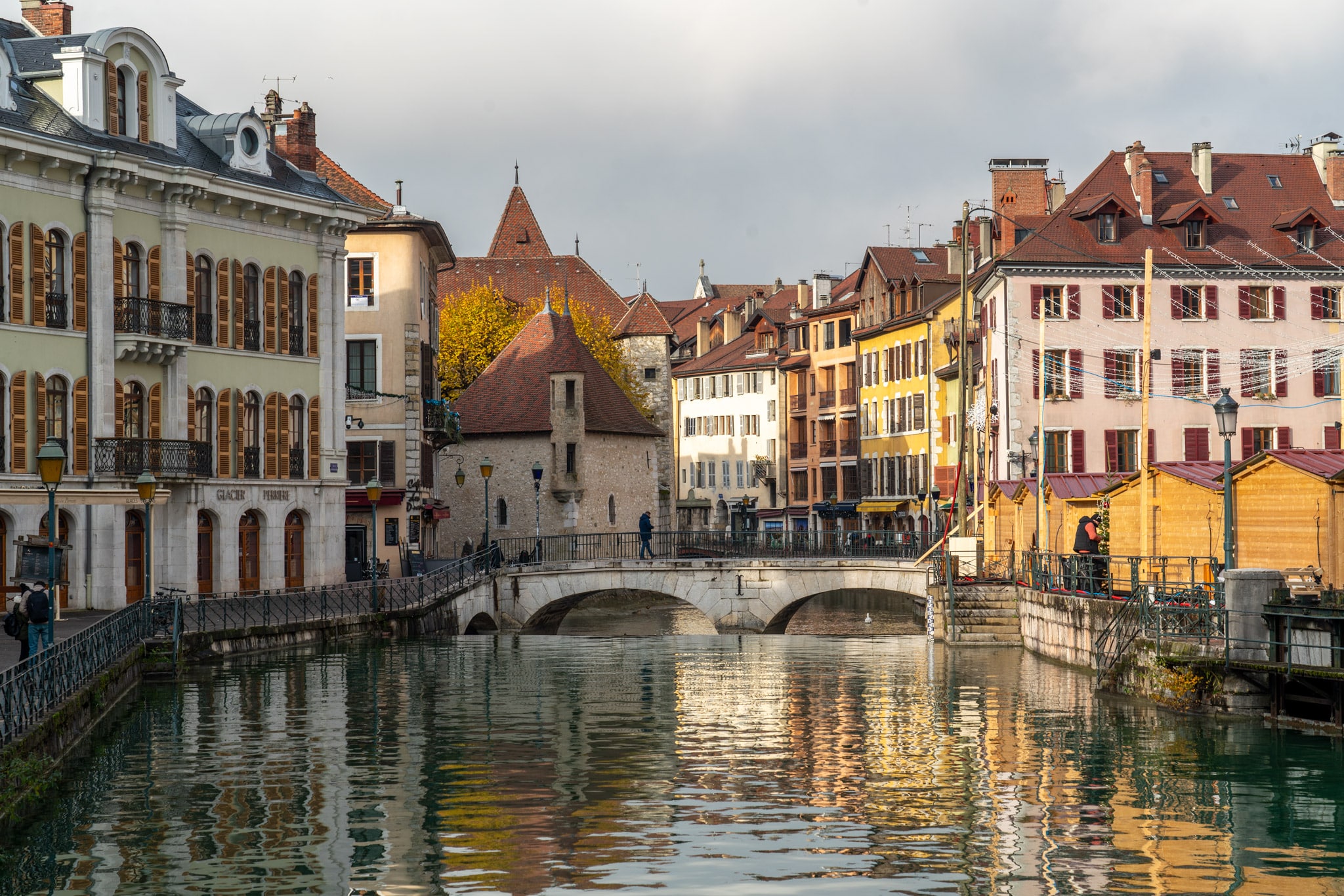Update: What did someone do to my ceiling and how to fix it?
Folks may have seen a previous post inquiring about ideas or solutions to a partially peeling ceiling following a coat of paint: https://www.reddit.com/r/DIY/s/fdPlWMrJmR Many people insisted it was a leak. In the interest of sharing knowledge and experience (as we are very much in the learning stage as first time home buyers, still), I thought I’d provide an update. We did several things that this sub suggested: bought a moisture meter, monitored the attic crawl space above following rain storms, and we actually hired a professional mold remediation company to look in the attic as well. The moisture meter did register slightly higher levels in the locations of the peeling paint than the surrounding drywall. We sanded down all of the peeling paint, scraped off the mud underneath, and then found the moisture level to have decreased once checked again. We didn’t buy some insane top of the line meter; this was a mid range one from Home Depot. So that was a good outcome, seemingly we were able to reduce/remove the moisture-causing source in the ceiling. I then painted over the more exposed sanded area with Killz3, allowed for plenty of drying time, and then filled in the scraped area, with the Killz3 coating, with a thin layer of joint compound to make it level to the surrounding ceiling. After sanding that down, and another coat of Killz3, we painted it with the same ceiling interior flat white that we’d used for the rest of the room. It’s been several weeks since and I’m glad to report no issues. It’s very hard to notice the area of concern unless you know where to look. The mold guy, who went up into the attic in a full Tyvek suit, confirmed no moisture above that area. There may have been a roof repair in the past based on the joists and some additional plywood that was added-but no moisture, no water, no mold. Great news and assurance! We are choosing to do a preventive mold treatment regardless as the Mid-Atlantic is notoriously hot and humid in the summer and no need to tempt fate. (We do have an issue under our kitchen sink downstairs but that’s another story-caulk your backsplashes people!!! These previous owners, why?!!!) All is well enough that ended well in terms of a first real home mystery. In another upstairs bedroom there is a similar issue, in a completely different area (west vs east side of roof). I do agree with the few folks who suggested it could be a bad mud job-either applied under improper conditions, or not allowed to dry before it was painted, or the wrong kind of mud-who knows. Thanks to those who had thoughtful responses on how to resolve, as we used that advice. Unfortunately it seems that mistake was repeated in a few places upstairs; now we know how to address it! My main purpose here is to convey that though water leaks or moisture are OBVIOUSLY a concerning issue worthy of investigation, that might not always be the answer, and to hold your panic if possible. Also, to everyone who INSISTED in various degrees of sass it was a leak… your heart was in the right place, but consider admitting to yourself there’s other possibilities next time, too. I do feel in our case the $50 or so moisture meter was/is a useful tool to have. As is an orbital sander. I’ll try to find a good angle to photograph it as it is now to demonstrate the fix. submitted by /u/Just_Vibin_53 [link] [comments]
Folks may have seen a previous post inquiring about ideas or solutions to a partially peeling ceiling following a coat of paint: https://www.reddit.com/r/DIY/s/fdPlWMrJmR
Many people insisted it was a leak. In the interest of sharing knowledge and experience (as we are very much in the learning stage as first time home buyers, still), I thought I’d provide an update.
We did several things that this sub suggested: bought a moisture meter, monitored the attic crawl space above following rain storms, and we actually hired a professional mold remediation company to look in the attic as well.
The moisture meter did register slightly higher levels in the locations of the peeling paint than the surrounding drywall. We sanded down all of the peeling paint, scraped off the mud underneath, and then found the moisture level to have decreased once checked again. We didn’t buy some insane top of the line meter; this was a mid range one from Home Depot. So that was a good outcome, seemingly we were able to reduce/remove the moisture-causing source in the ceiling. I then painted over the more exposed sanded area with Killz3, allowed for plenty of drying time, and then filled in the scraped area, with the Killz3 coating, with a thin layer of joint compound to make it level to the surrounding ceiling. After sanding that down, and another coat of Killz3, we painted it with the same ceiling interior flat white that we’d used for the rest of the room. It’s been several weeks since and I’m glad to report no issues. It’s very hard to notice the area of concern unless you know where to look.
The mold guy, who went up into the attic in a full Tyvek suit, confirmed no moisture above that area. There may have been a roof repair in the past based on the joists and some additional plywood that was added-but no moisture, no water, no mold. Great news and assurance! We are choosing to do a preventive mold treatment regardless as the Mid-Atlantic is notoriously hot and humid in the summer and no need to tempt fate. (We do have an issue under our kitchen sink downstairs but that’s another story-caulk your backsplashes people!!! These previous owners, why?!!!)
All is well enough that ended well in terms of a first real home mystery. In another upstairs bedroom there is a similar issue, in a completely different area (west vs east side of roof). I do agree with the few folks who suggested it could be a bad mud job-either applied under improper conditions, or not allowed to dry before it was painted, or the wrong kind of mud-who knows. Thanks to those who had thoughtful responses on how to resolve, as we used that advice. Unfortunately it seems that mistake was repeated in a few places upstairs; now we know how to address it!
My main purpose here is to convey that though water leaks or moisture are OBVIOUSLY a concerning issue worthy of investigation, that might not always be the answer, and to hold your panic if possible. Also, to everyone who INSISTED in various degrees of sass it was a leak… your heart was in the right place, but consider admitting to yourself there’s other possibilities next time, too. I do feel in our case the $50 or so moisture meter was/is a useful tool to have. As is an orbital sander. I’ll try to find a good angle to photograph it as it is now to demonstrate the fix.
[link] [comments]




































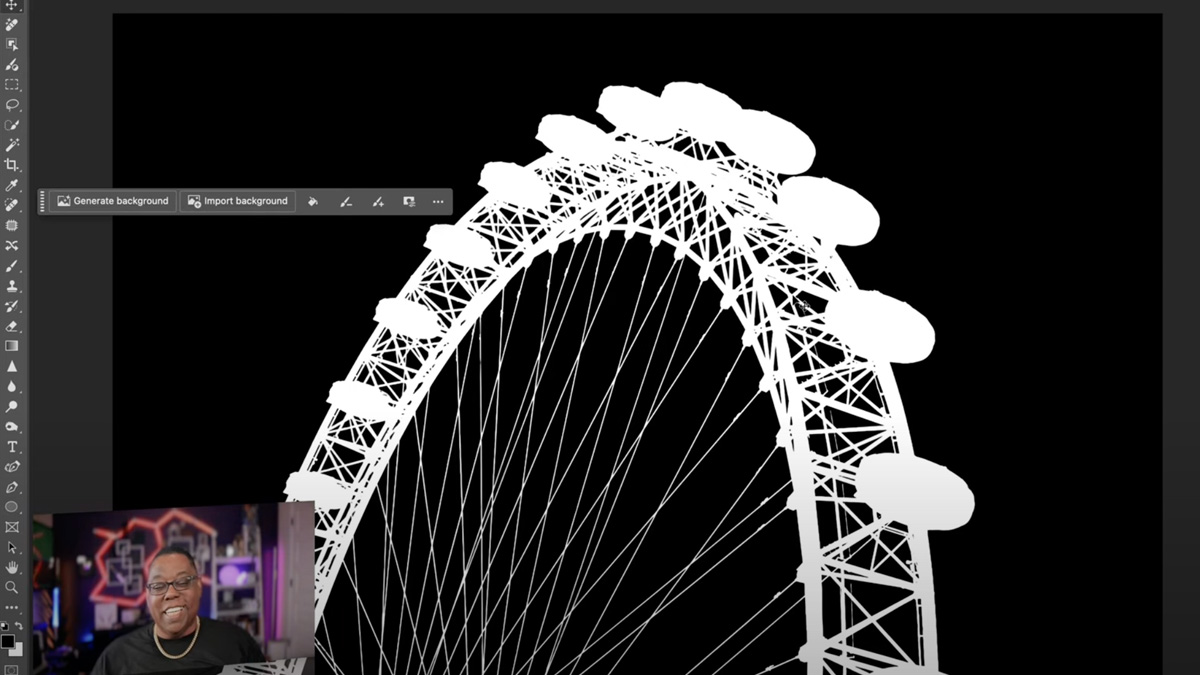























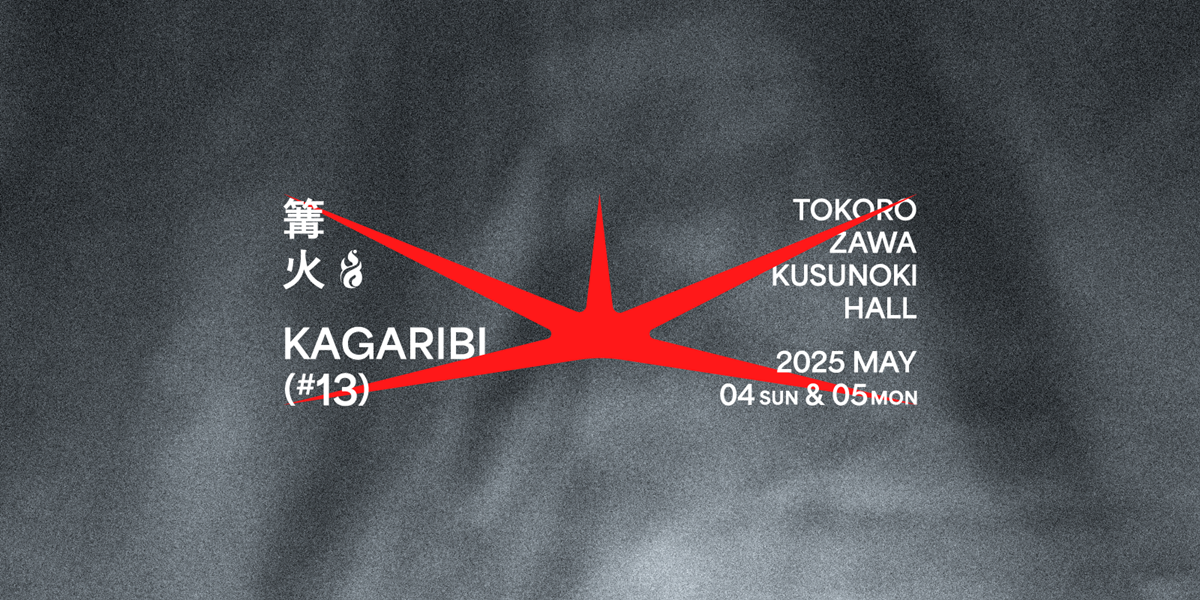



























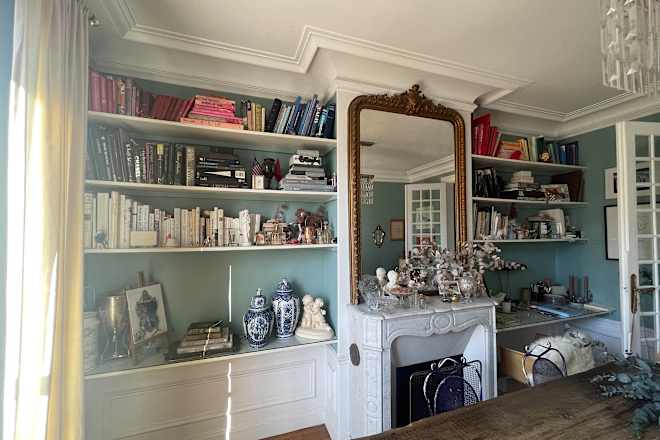




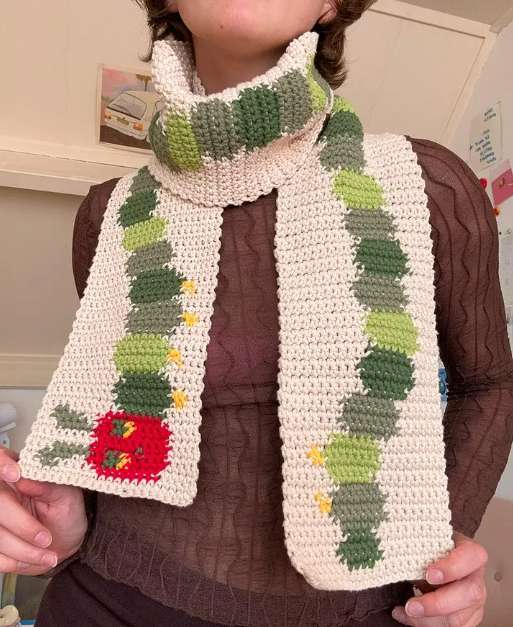



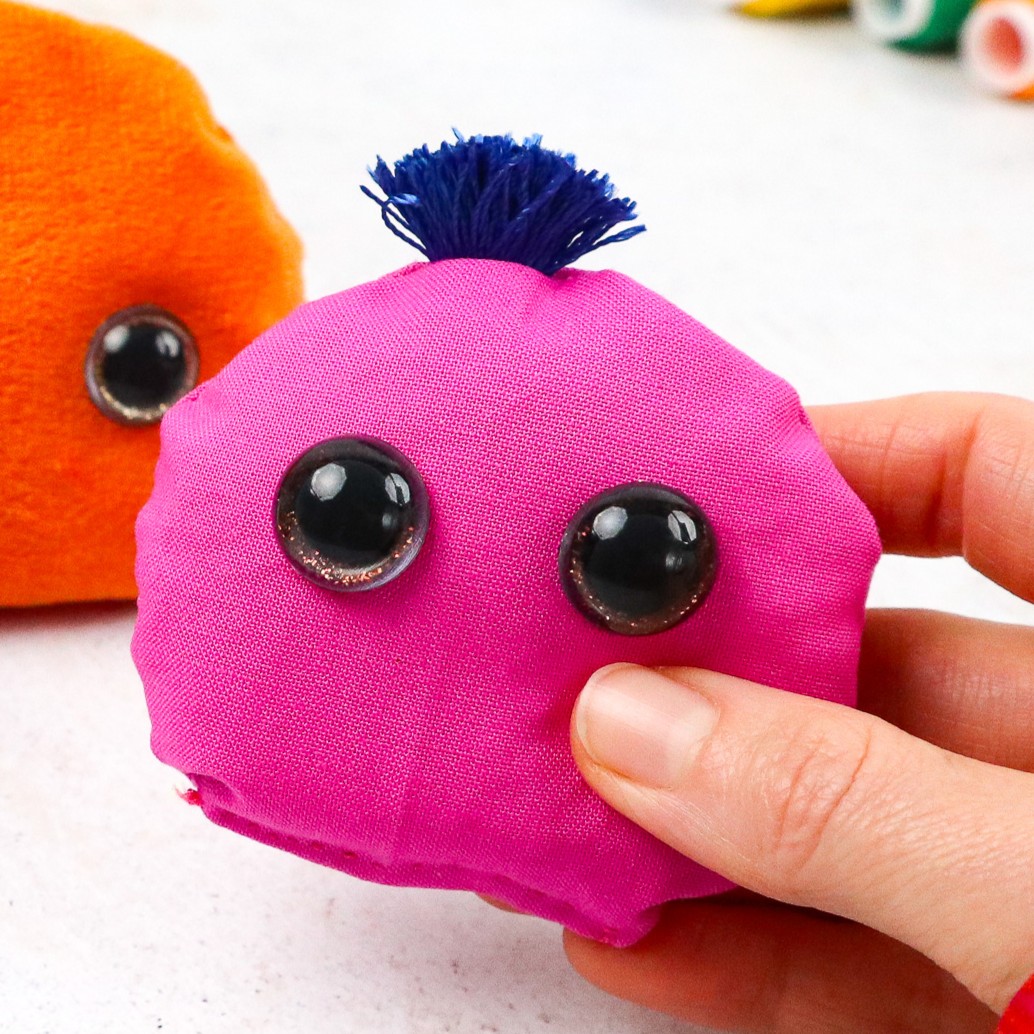





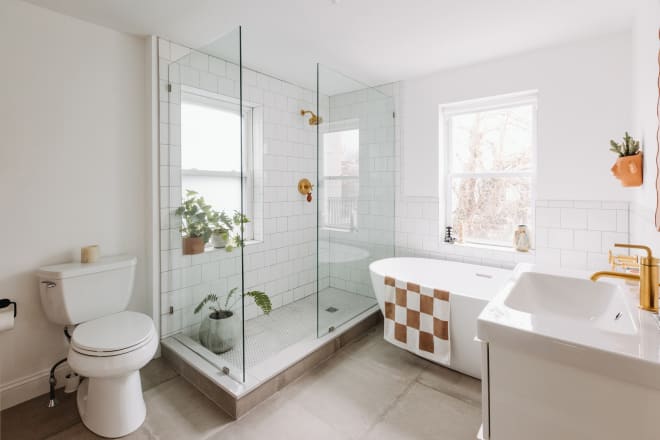








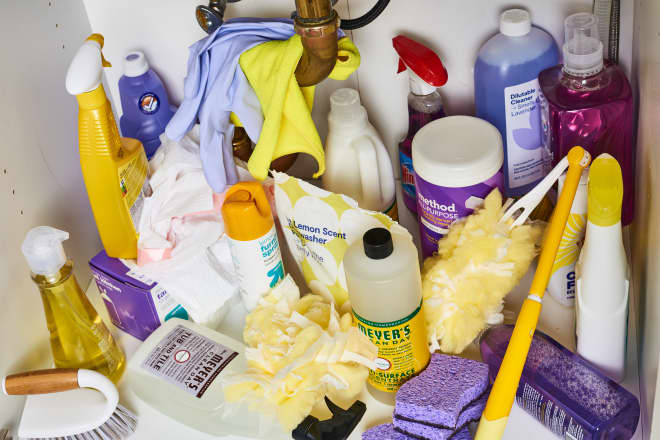
























/33901f8b-dab8-4ac5-8d01-7bf897aa6a96--2015-0122_chocolate-dump-it-cake_james-ransom_008.jpg?#)

















































